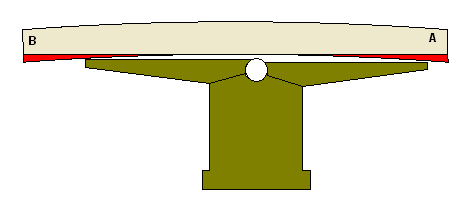dirtydeeds
Established Member
I need to make door stiles 150x34mm thick (finished). my source material is 170x20m par (finished size) american kiln dried oak
for a lot of complicated reasons the stiles have to be PERFECTLY flat
im very new to lamination. so i need your help
first
how do i make the lamination perfectly flat because although i can thickness timber i havent learned how to remove a bow
second
what is the best glue type for lamination
im not considering lipping the edges at the moment
for a lot of complicated reasons the stiles have to be PERFECTLY flat
im very new to lamination. so i need your help
first
how do i make the lamination perfectly flat because although i can thickness timber i havent learned how to remove a bow
second
what is the best glue type for lamination
im not considering lipping the edges at the moment





